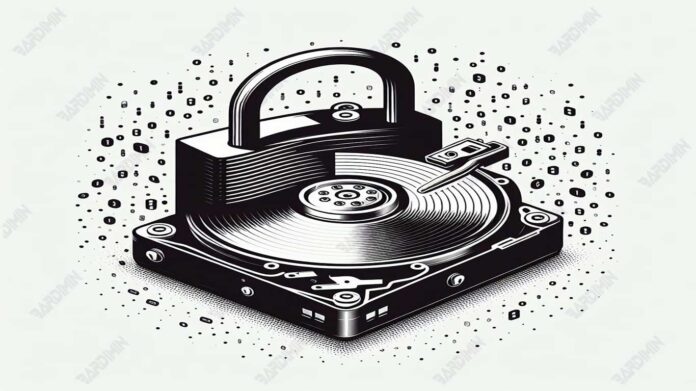In today’s digital age, hard drives and USB flash drives are important containers for our wealth of information. However, what happens if the storage device we rely on is suddenly locked by Write Protection?
This situation not only hinders productivity but can also raise concerns about the security of our data. Write protection or write protection is often a frustrating barrier for users because it limits the ability to edit or delete files from their storage devices.

This article is designed as a handy guide that will take you through the step-by-step process for identifying and removing Write Protection. By following the instructions we presented, you will be able to restore full access to your hard drive or USB flash drive, allowing again the use of your storage device without restrictions. We will discuss effective and reliable solutions, ensuring that you can address these issues with confidence and maintain the integrity of your data.
What is Write Protection?
Write Protection is a security mechanism applied to storage media such as hard drives, USB flash drives, or SD cards to prevent data changes. This protection prevents users from the ability to modify or delete existing files and add new files to protected storage media.
Write Protection is often implemented for security reasons, to maintain data integrity from viruses or malware, and to prevent accidental changes by users. In a corporate context, this can be used to ensure sensitive data is not altered or deleted without proper authorization.
For users, Write Protection can be prohibitive, especially if implemented without their knowledge or if they have no way to remove it. This can hinder productivity, limit access to data, and make file management difficult. However, in situations where Write Protection is applied correctly, it can serve as an additional layer of security to protect data from unwanted changes.
Common Causes of Write-Protected Hard Drives
User Error
- User Error is one of the common causes of write protection on hard drives. Some errors that often occur include:
- Incorrect Settings: Users may have inadvertently enabled write protection through operating system settings or disk management software.
- Use of Physical Buttons: Some storage devices have a physical button to enable write protection, which may be accidentally moved to the locked position.
- Incorrect Formatting: Incorrect formatting or incompatibility with the operating system can result in the drive becoming write-protected.
Virus or Malware Protection
- Virus or Malware protection can also cause a hard drive to become write-protected. These include:
- Malware Infection: Some malware is designed to enable write protection in an effort to protect itself from deletion.
- Antivirus Protection: Some antivirus programs may lock the drive as a precaution against detected threats.
Physical Damage to the Drive
- Physical Damage to the Drive could be the reason why the drive becomes write-protected. Causes include:
- Mechanical Damage: Damaged or worn internal components can result in the drive not functioning properly, including enabling write protection.
- Poor Connectivity: Faulty connectors or poorly connected cables can cause the device to not be detected properly and set as read-only.
Incorrect Registry Settings
- Incorrect Registry Settings are often the cause of hard drives becoming write-protected, especially in Windows operating systems. Causes include:
- Configuration Error: Improper modification of the registry by the user or software can enable write protection.
- Security Policy: System administration or company policy may set the registry to enable write protection for data security.

